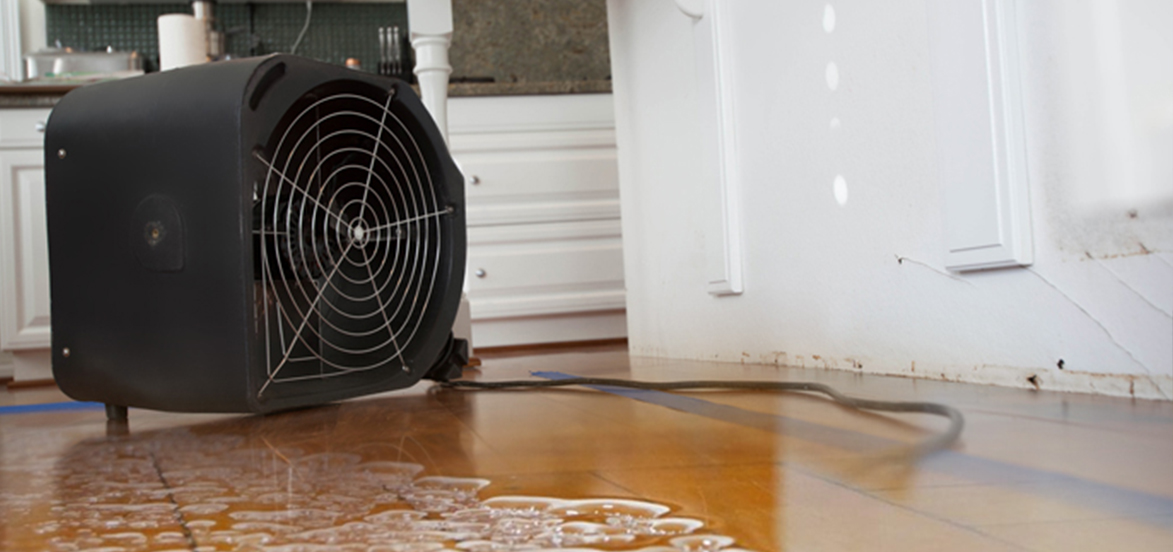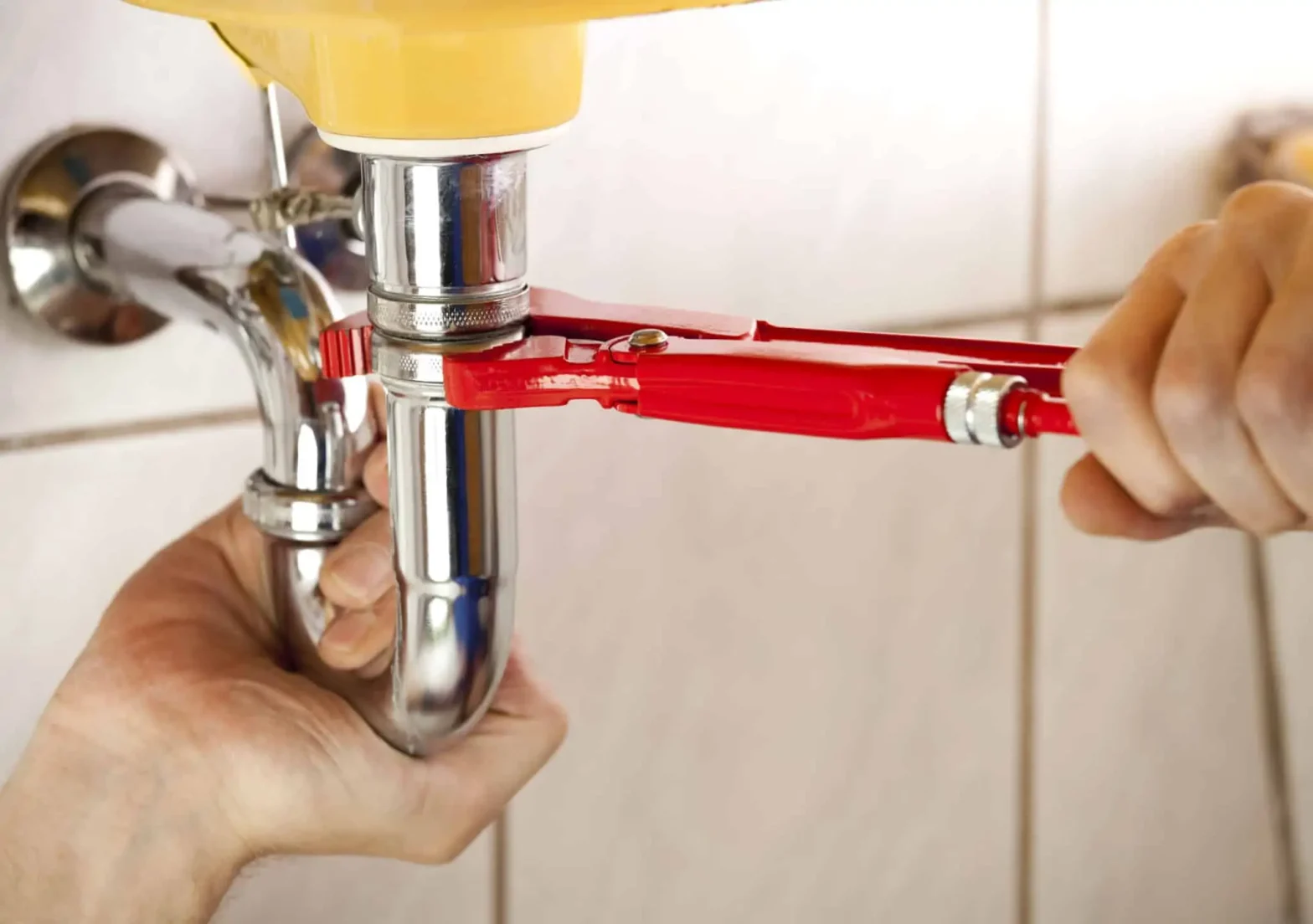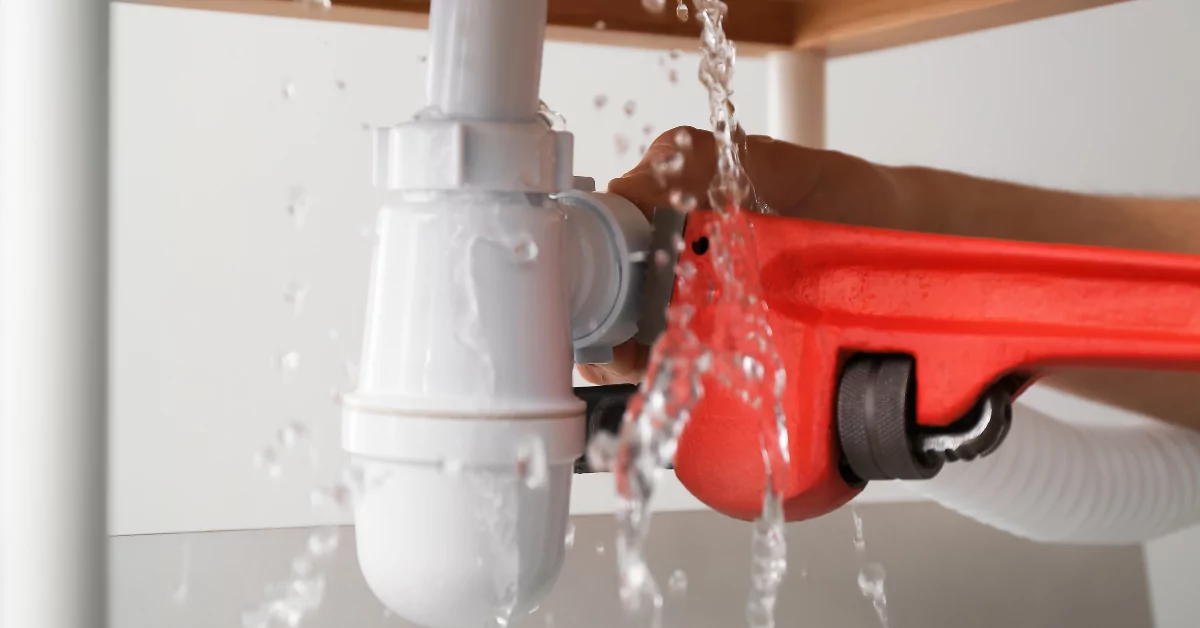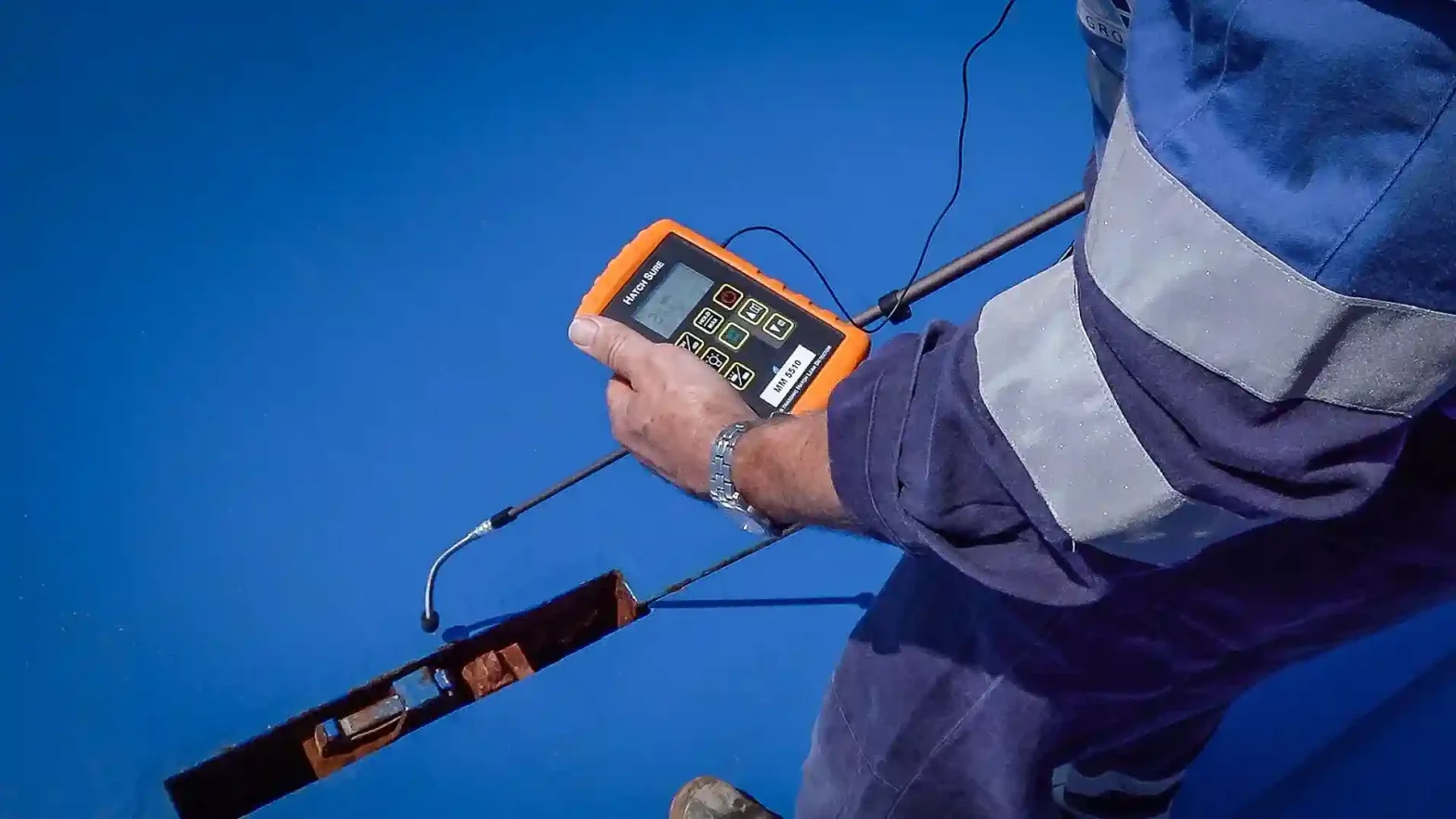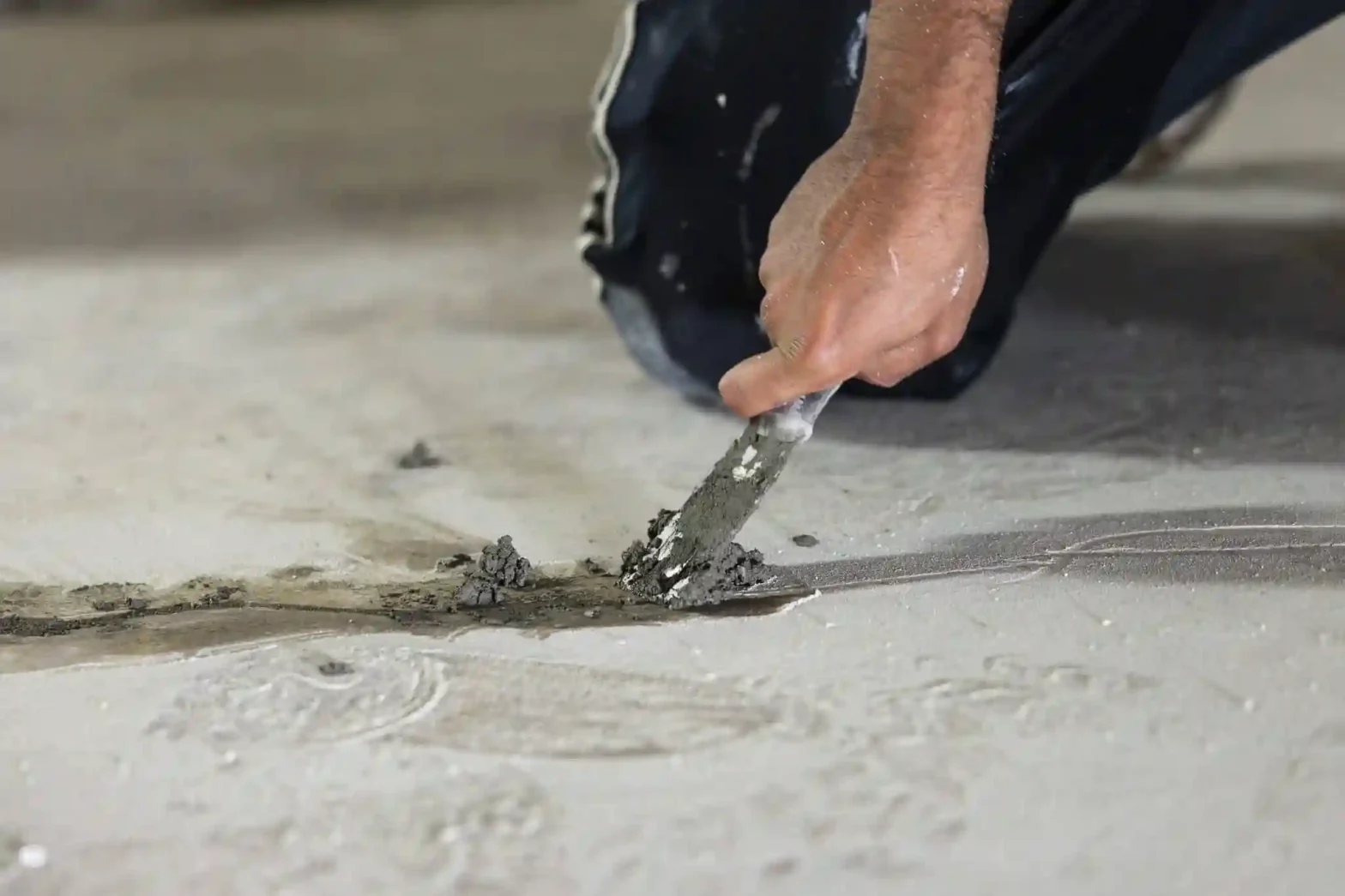What Are The Main Causes Of Water Damage & How To Fix It?
Water damage in Santa Ana is one of the most common and serious situations that your property might face. A water problem is distressing and dangerous to the safety and value of your property. No matter whether the cause of water damage is a storm, flood, weakened roof, HVAC leak, damaged pipes, overflowing appliances, or sewage backup, it is critical to respond to your situation as soon as possible. Thus, you can prevent further property damage and implement effective solutions.
Water damage is a major issue. A minor faucet leak can result in hundreds of gallons of wasted water each year. Not to mention an exorbitant water bill. Water spills and water damage are possible depending on the leak.
Many individuals are unaware that untreated water damage can be a breeding ground for mold, causing damage to flooring, walls, insulation, and so on. This could cost you hundreds or even thousands of dollars in insurance. As a result, being proactive is essential.
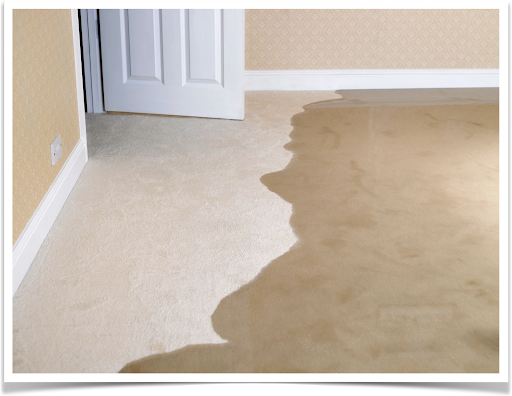
What Causes Water Damage?
Water damage can occur at any time and for any reason. Water overflow has the potential to cause major damage, from plumbing leaks to malfunctioning or broken equipment, when not addressed immediately.
1. Leaking Or Broken Pipes:
Water damage to a home is most commonly caused by leaking or broken water pipes. Serious water damage can occur if a pipe ruptures in your home. A shift in water pressure or freezing conditions can sometimes cause pipes to rupture. Even a little dripping leak might cause significant water damage over time. Not all water damage, however, is evident. Plumbing or drain damage is typically hidden and goes unreported within the walls of your home or in less-trafficked locations.
In order to avoid leaks, inspect your property frequently for symptoms of leaking pipes. Early moisture detection can help to avoid more significant damage later on. If a pipe bursts, contact a water damage repair expert in Santa Ana right away. Early moisture detection can help to avoid more significant damage later on. If you suspect an invisible leak, some symptoms of water damage to look for include listening for dripping water at night and examining for water rings or stains. If a pipe bursts and your home sustains significant damage, contact a water damage restoration professional to ensure that the necessary procedures are followed to restore your property to normal.
2. Water Overflow:
Forgetting to turn off the sink or tub faucet can quickly result in a wet mess. Water overflow from sinks or toilets can ruin flooring and carpeting and even break through a downstairs ceiling if left unattended for too long. You may also experience permanently damaged wood and mold growth if you do not clean the area properly and restore it straight after. Keep an eye on running faucets at all times. Know how to switch off the water supply to prevent overflow.
To curb further damage, turn off the main water supply lines to your home if you can’t reach your faucet or the faucets won’t close. If the damage is minimal, you can call a plumber to assist in repairing the problem and any associated minor damage. But substantial damage may need contacting a water damage restoration professional in Santa Ana. It is critical to act quickly to avoid costly damage to your home and belongings.
3. Broken Household Appliances:
Appliances might leak due to malfunction and blockages. For example, a dishwasher leak can cause water damage to cabinetry, resulting in warped wood or mold growth. Refrigerators may have clogged piping or a leaking defrost pan that requires attention. Similarly, washing machines and HVAC equipment can wear down over time and begin to leak if not routinely maintained.
The truth is that if there is water where you can see it, there is very certainly water where you can’t. That is where severe water damage can occur. If your dishwasher or other appliance leaks, clean it up as soon as possible and have the appliance serviced or replaced. The first step in preventing water damage to your property is to hire a professional for regular maintenance. If the leak is substantial, you’ll need to contact emergency services to guarantee that the water flow is stopped and the damage is limited and restored.
4. Clogged Gutters:
During a strong storm, gutters are designed to deflect water away from your home. A clogged gutter can cause water to overflow and slowly seep into your home via roof leaks, damaged siding, or a weakened foundation.
Periodic cleaning is necessary to keep your gutters clear of debris. Remove any leaves, twigs, seedpods, and other debris from your gutters twice a year. A drain cleaning specialist suggests cleaning your drainage system regularly and taking adequate safety precautions.
5. Sewage Backup:
Sewer backups are caused by either violent storms or tree roots that clog your home’s plumbing. Both of these scenarios can result in catastrophic water overflow if you don’t act quickly.
To avoid the chance of tree roots clogging your pipes, have your sewer line cleaned out every other year by a sewer professional. While you can’t stop a storm, we recommend calling your insurance provider to find out whether homeowner policies cover water damage caused by sewage backups.
Expert Tips To Repair Water Damage
1. Examine For Serious Issues Such As Mold:
Check for mold and mildew on damaged items. Mold can begin to grow in as little as 24 hours in the appropriate conditions. Long-term problems, such as mold caused by attic dampness, may have started growing a long time ago. And if you discover mold or mildew, you must proceed with caution. Some molds are harmful to people. However, all molds are extremely detrimental to the materials they infest.
For minor mold issues, remove the item, bag it, and dispose of it quickly. In case of severe mold problems, leave the area immediately, turn off any airflow (to avoid spore contamination), and contact a specialist. Remember that mold can appear in concealed spots inside walls or beneath floors, so the inspection and water damage repair will be ongoing.
2. Ensure That The Affected Area Is Completely Dry:
Check for mold and mildew on damaged items. Mold can begin to grow in as little as 24 hours in the appropriate conditions. Long-term problems, such as mold caused by attic dampness, may have started growing a long time ago. And if you discover mold or mildew, you must proceed with caution. Some molds are harmful to people. However, all molds are extremely detrimental to the materials they infest.
For minor mold issues, remove the item, bag it, and dispose of it quickly. In case of severe mold problems, leave the area immediately, turn off any airflow (to avoid spore contamination), and contact a specialist. Remember that mold can appear in concealed spots inside walls or beneath floors, so the inspection and water damage repair will be ongoing.
3. Empty And Toss Damaged Porous Materials:
Carpet, insulation, cloth, and other porous materials are examples. You may have to rip them out and toss them away if they’ve been wet with water. Most porous materials will be permanently damaged by water by shrinking or warping, and mildew will exacerbate the damage.
If you want to rescue a favorite piece of furniture, you could attempt isolating and drying it out, but the harm may already be done, especially if you notice drywall water damage. Porous materials include unsealed cement, drywall, and wood.
4. Disinfect Any Leftover Materials:
After you’ve removed any damaged components, disinfect the entire area before you start working. The most frequent approach is a bleach solution. However, there are several homemade alternatives.
Spray and wipe down the area lightly before beginning water damage repair to ensure that no mold spores remain.
5. Concentrate On Ceiling Water Damage Repair First:
Ceilings exposed to water damage are more vulnerable to sagging or collapse owing to gravity. So, first, remove any problematic ceiling panels or boards. If the ceiling leak occurs due to a roof problem, it’s critical to locate the real source of the leak, which can be far away from the water stain.
Take this opportunity to ensure that the water did not cause structural damage to beams or rafters. You can contact pros to learn how much it costs to replace a water-damaged ceiling.
6. Repair Any Damaged Wood:
You must replace all significantly warped wood (especially flooring), decaying wood, and wood with mold/mildew concerns. Before repairing broken boards, pry them apart and thoroughly clean them. And, if the wood is a structural component of your home, you must exercise extreme caution when replacing it to ensure that the structure is properly supported before and after the water damage repair job.
7. Paint And Caulk:
After replacing materials, match your paint or stain for touch-ups or apply a fresh coat. It is also a good opportunity to seal and caulk the new materials to help prevent future water problems.
Conclusion:
Certain water disasters may occur due to uncontrollable and unanticipated conditions. But the bulk of water damage may be avoided by performing routine home inspections and complete maintenance on all household products on a regular basis. Homeowners can also install a leak detection system or shut-off system to detect leaks and automatically shut off their water main if hazardous leaks occur. Investing in preventative steps and minor repairs can save you hundreds, if not thousands, of dollars in the long run.
If you have experienced a water damage related problem or disaster at your home or workplace, call a professional for water damage restoration in Santa Ana.


